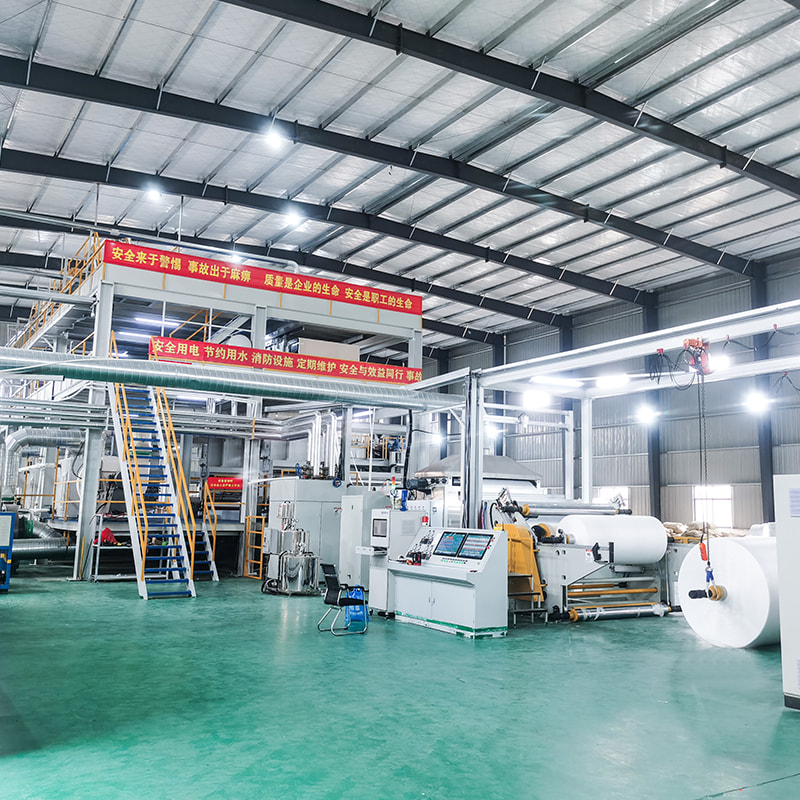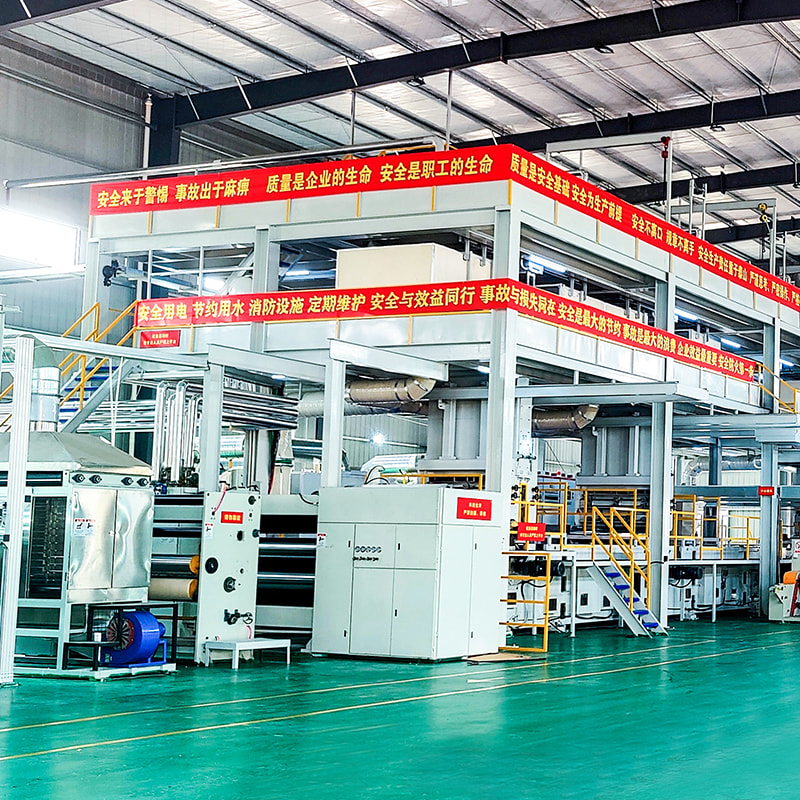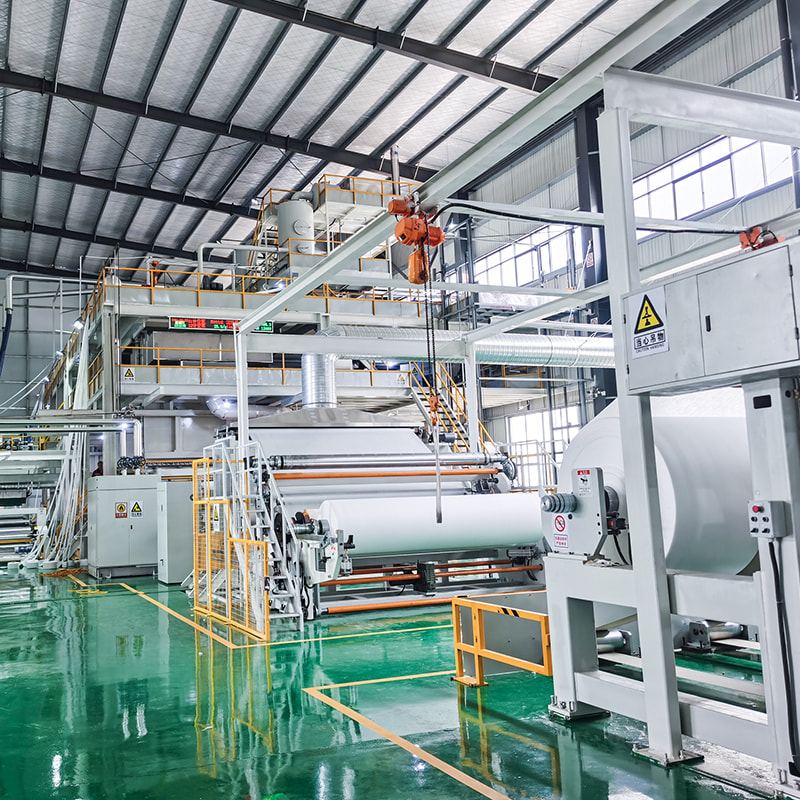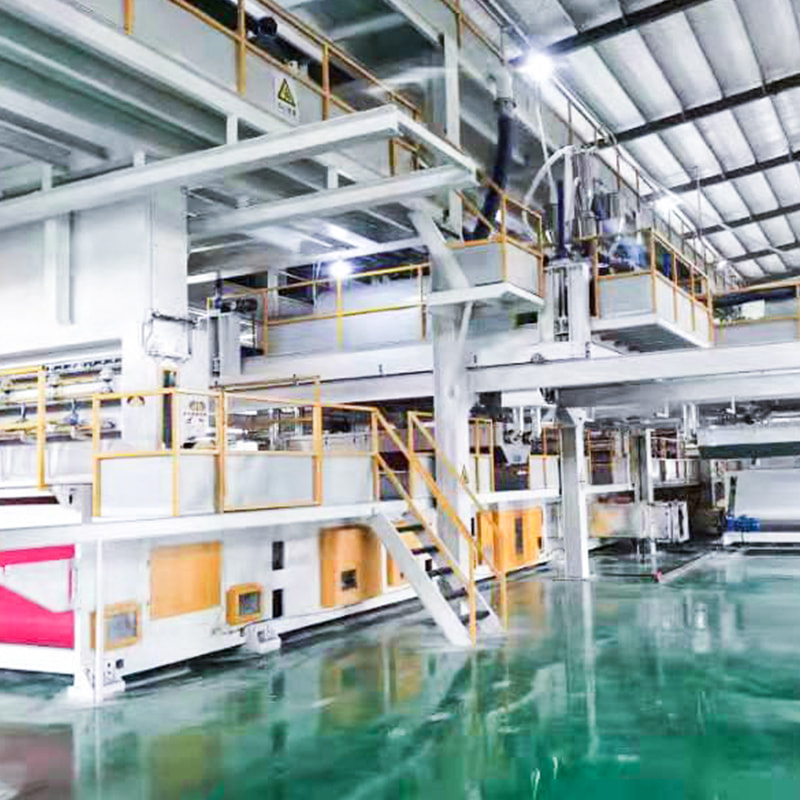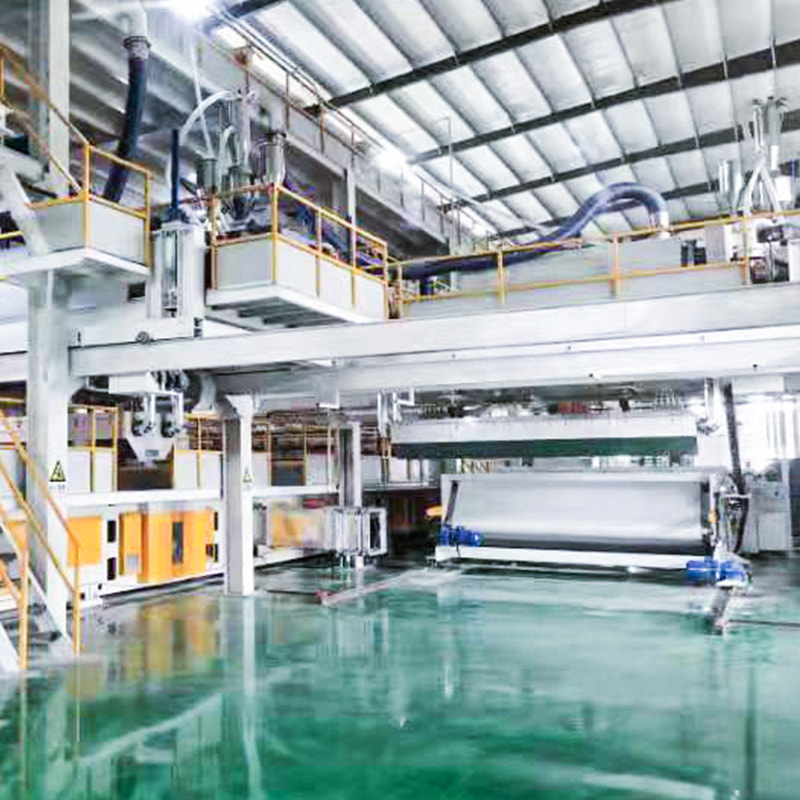Setting up an efficient production line for nonwoven fabric is crucial for maximizing productivity and minimizing operational costs. One of the key aspects that directly impacts the performance of an SSS nonwoven fabric machine is the factory's layout. A well-thought-out factory size and design can significantly boost both the speed and quality of production. This is especially important when working with advanced machinery like the SSS (Triple Beam Spunbond) nonwoven fabric machine, which operates at high speeds and produces large volumes of fabric.
To get the most out of an SSS nonwoven fabric machine, it’s essential to allocate enough space for smooth operations. The ideal workspace dimensions for this equipment are typically around 45 meters in length, 12 meters in width, and 12 meters in height. These measurements ensure there’s sufficient room for the machine itself, as well as the necessary support equipment, raw material storage, and adequate pathways for workers. A cramped or poorly planned factory can lead to bottlenecks, increased downtime, and safety risks, all of which hinder overall production efficiency.
In addition to physical space, the layout of the production floor must consider factors such as air circulation, lighting, and easy access to key components of the SSS nonwoven fabric machine. Machines operating at high speeds generate significant heat and require proper ventilation to prevent overheating. Ensuring that your production area is well-lit also contributes to worker safety and operational precision. Furthermore, easy access to machine components allows for faster maintenance and troubleshooting, reducing downtime and keeping production on track.
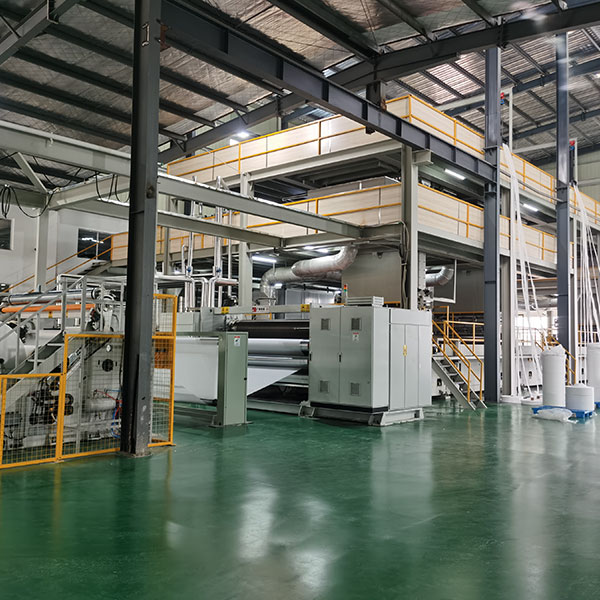
One important consideration is optimizing the workflow. When arranging the factory layout, think about the flow of materials—from raw polypropylene granules to the final nonwoven fabric product. By designing a logical, linear process from start to finish, manufacturers can reduce material handling time and labor costs. Ensuring that workers have easy access to the necessary tools and supplies can also reduce delays and improve efficiency. The SSS nonwoven fabric machine, when integrated into a well-organized workspace, can operate at peak performance without unnecessary interruptions.
Another key element in optimizing factory layout is ensuring that labor requirements are met without excessive overhead. An SSS nonwoven fabric machine typically requires about six workers per shift, with two shifts per day, totaling twelve workers for 24-hour operation. Proper layout design should aim to minimize unnecessary movements, allowing workers to focus on their tasks efficiently. This reduces fatigue and improves productivity, while also ensuring that safety protocols are easy to follow.
It’s also worth considering future scalability when designing the factory space. As market demand grows, the need for additional machines may arise. A flexible layout, with enough space to add another SSS nonwoven fabric machine or expand the existing production line, allows manufacturers to scale operations without major disruptions. This forward-thinking approach ensures that the facility can adapt to changes in production needs without requiring a complete overhaul of the factory layout.
Finally, when optimizing factory layout for the SSS nonwoven fabric machine, it’s crucial to prioritize long-term operational efficiency. Ensuring that the machine operates smoothly and with minimal downtime will keep production costs low and improve overall product quality. A well-planned workspace not only contributes to the successful running of the production line but also enhances worker morale and safety, leading to a more profitable and sustainable manufacturing operation.





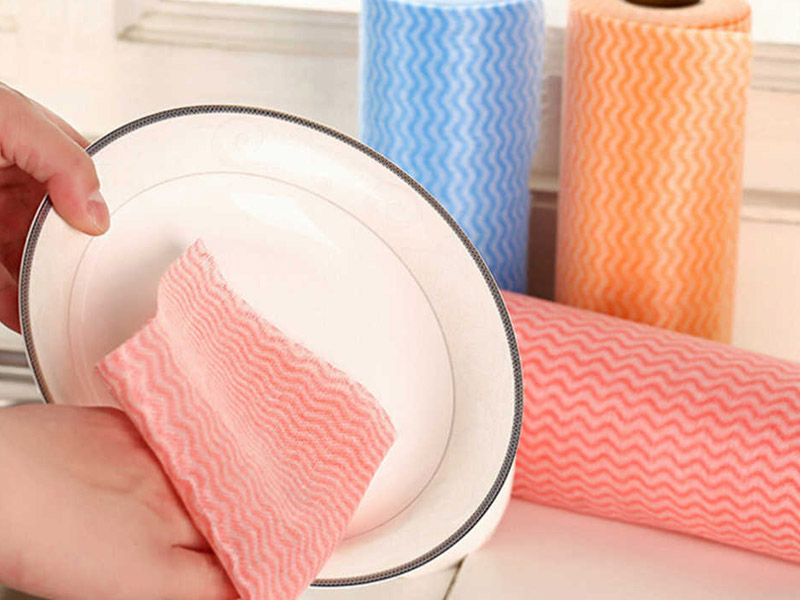
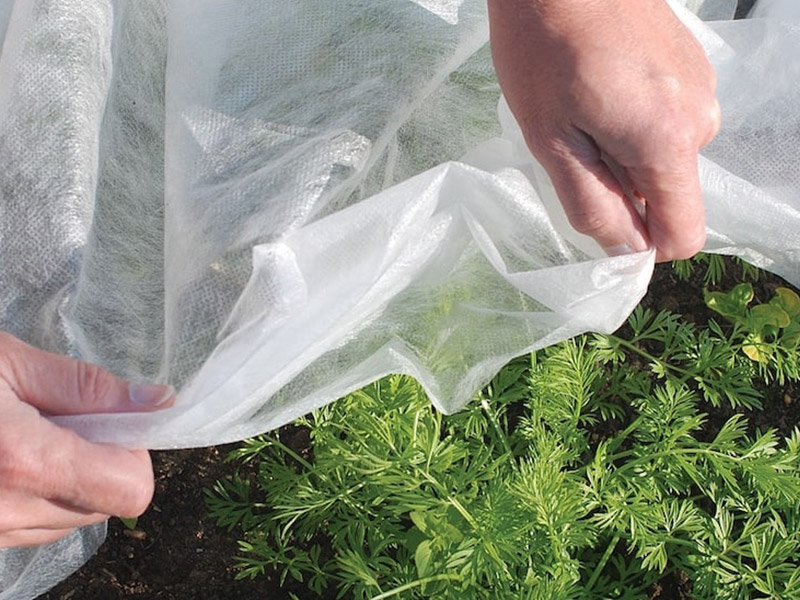
 English
English 中文简体
中文简体 русский
русский عربى
عربى